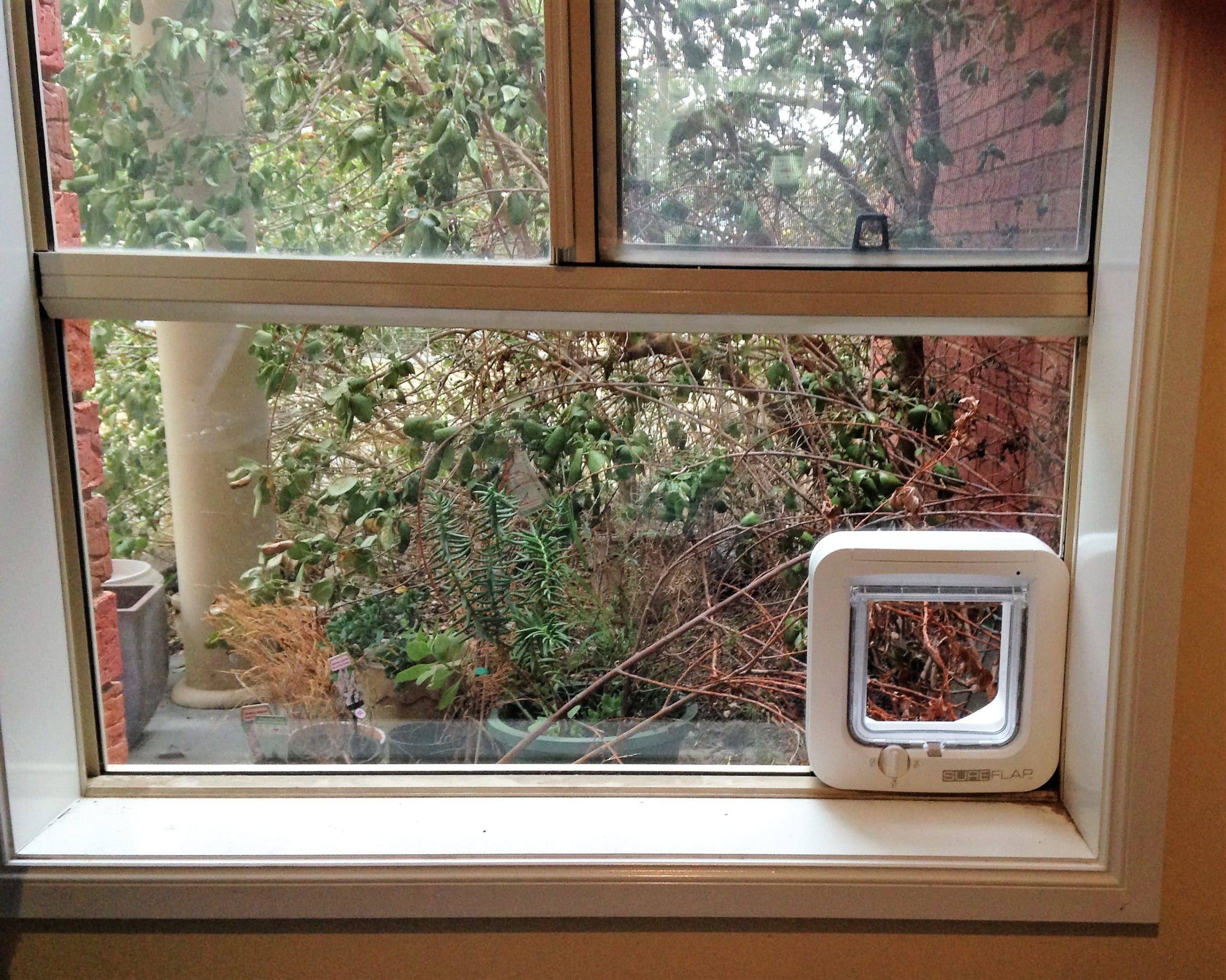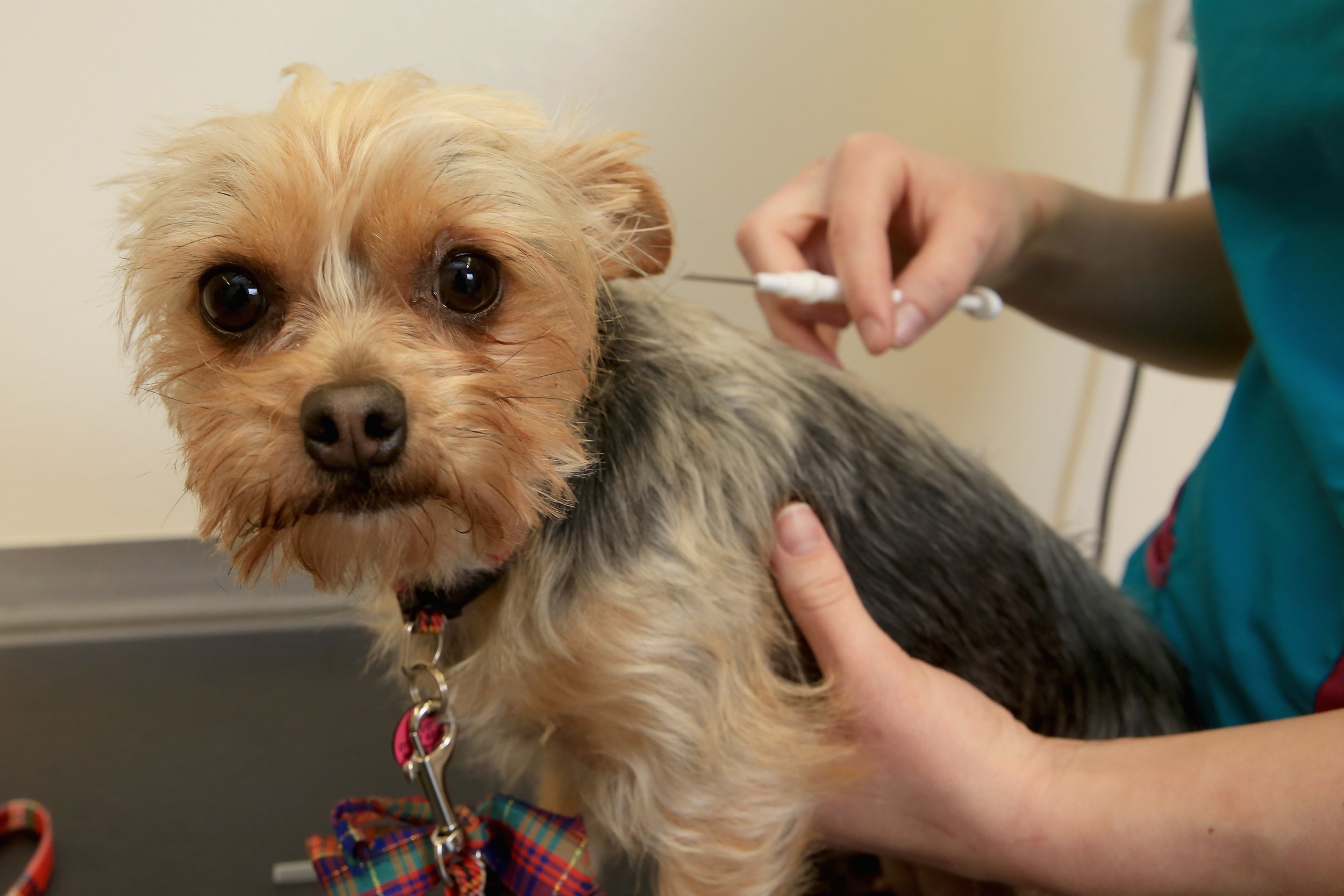Table of Content
Please include what you were doing when this page came up and the Cloudflare Ray ID found at the bottom of this page. Include your email address to get a message when this question is answered. There have been a few documented cases of extreme side effects, such as microchip migration that leads to abscesses or, in one case, death, but these are very rare.

A scanner emitting a specific frequency matching the design of the chip will activate it and transmit the identification information to the scanner. This number can then be entered into a database to track down the company and eventually the owner of the dog. Microchips are small, disc-shaped devices that can be implanted underneath your pet’s skin.
Can I microchip my pet myself?
This means that if your dog is stolen and then spotted by the police, the results of scanning the microchip can prove that you own that animal. The microchip typically emits no sensations but is designed to store information that can be read by scanning it with an RFID reader. The type of information stored on the chip varies but usually contains the animal’s ID number, current owner details and a contact number so they can be identified in the event they become lost or stolen.

If your veterinarian is willing to perform the surgery to remove the chip, it can be a very expensive procedure. Before the surgery even begins, you will need to pay for preoperative blood work and x-rays to ensure your pet is healthy enough for surgery and to narrow the location of the microchip. When considering the best procedure for deactivation, it is important to consider your ultimate goal in doing so. If you are simply looking to remove your information in connection with the chip, this can easily be done through the registration database.
How much does it cost to chip your dog?
Therefore, you will want to ensure that both chips are registered with your contact information, as most people scanning for the microchips will not think to look for two separate ones. The average cost to have a microchip implanted by a veterinarian is around $45, which is a one–time fee and often includes registration in a pet recovery database. If your pet was adopted from a shelter or purchased from a breeder, your pet may already have a microchip. If the dog has lost their collar or there is no tag on the collar, try gently feeling for the presence of the microchip. The microchip is encased in a perspex coat that is the size and shape of a grain of rice.
Since they are intended to be permanent and are often embedded in layers of skin tissue or have shifted location, your pet would need x-rays prior to surgery to ensure the positioning for the chip. The surgery will still be largely exploratory, so your pup would also need to undergo anesthesia to remove it. Be sure to speak with your vet if this is something that you feel is important for your pet.
Does PetSmart microchip dogs?
Microchips use NFC technology and cannot be checked with a phone. Instead, you'll need a special chip reader to find the number. First, the operator needs to check that the scanner is working by pressing the 'on' button and passing the sensor over a test chip. If the scanner bleeps and displays a number it is working.
If you can't feel a chip it does not mean the dog is definitely not chipped because the chip may be present but have shifted location or is embedded too deeply to feel. Run your fingertips over the skin between the shoulder blades and neck. Apply gentle pressure to see if you can detect a firm rice-grain sized object just under the skin.
When the frequency is read, the reader will display the unique ID number attached to your paperwork as well as the manufacturer of the chip. This will tell them which database to contact in order to find your information.The chip itself does not contain your contact information. It just has your unique ID, which is used to access your paperwork. When you are having your dog microchipped, you need to fill out the paperwork that comes with the microchip so the microchip is registered. The information that you list on these forms is how your dog will be returned to you if she is ever lost or recovered.

Also keep in mind that extreme temperatures can affect its longevity as well; which is why these implants should be done during moderate climates and not during excessively hot/cold days. The answer isn't always straightforward, as the longevity of a microchip can depend on several factors—ranging from the frequency of checkups to weather conditions. On average, however, your pet's implant should last its entire lifespan. Microchipping has a very minimal chance of any side effects.
The average cost of getting your dog microchipped and registered on a database is £10.90. Shelters typically scan for chips, but generally a veterinarian is not required to scan for a chip when a client brings in a dog. A veterinarian’s primary obligation is to provide healthcare and treatment to a client’s dog. If no chip is found with a methodical scanning pattern over the shoulders, don't give up. This includes under the sternum and around the armpits, just in case it has migrated to an unusual location. To conclude, microchipping is a very good way to keep track of your dog.
Dr. Spragley holds a BS in Biology from SUNY Albany and has a Doctor of Veterinary Medicine degree from Ross University School of Veterinary Medicine. He is also a Certified Canine Rehabilitation Therapist through the Canine Rehab Institute as well as a Certified Veterinary Acupuncturist through Chi University. Move the scanner in up and down sweeps from the shoulder to neck and then from side to side. To reduce the chance of missing a microchip, work in a methodical manner working up and down between shoulder and head and then left to right working side to side from the shoulders up the neck until every inch is covered. Some dogs may experience mild swelling, redness, or discomfort at the injection site, but this is usually temporary and can be managed with over-the-counter pain medication. Toy and miniature breeds may need to wait until age 12 weeks to be microchipped, as they will have grown to a larger size by this age.
Microchipping is definitely worth the price and a few seconds of discomfort for your dog. Should your dog even be lost or stolen, a registered microchip will prove that the dog belongs to you and prevents them from being rehomed. Registered microchips include your name, address, and contact information. Microchips can be as small as a grain of rice and are injected between the shoulder blades of your pet. A microchip is a device that emits radio waves at a certain frequency. There are typically three different frequencies that a chip may emit at, but there are universal readers that will read all three frequencies.
Once the nurse has your dog secure, your vet can locate the place between your dog's shoulder blades where the chip will be implanted. You vet will gently pull up the skin in this area and she will implant the microchip, about the size of a grain of rice, directly under the skin with the applicator. Even if the dog doesn't have a tag that says it has a chip and you don't feel one, it's best to scan the dog to find out.
Can you deactivate a dog microchip?
In order to detect this type of chip you would need to use a special scanner that emits radio waves and specifically looks for RFID chips implanted in animals. PetSmart does offer microchipping services for dogs and cats through its association with Banfield Pet Clinics. The price of getting your pet microchipped at PetSmart costs around $25-$50 depending on the location and uses HomeAgain microchips. Dogs can still get lost, even if they’ve been microchipped. But having one implanted can make reuniting a lot easier than just relying on pet owners to keep tabs on their pets. A microchip is a small, electronic chip that is implanted under a dog’s skin and contains important identification information.
You will need to do this by contacting the company with which your dog is registered. If you are not sure which one you are signed up with, the Pet Microchip Lookup will indicate the company attached to your pup’s identification number. You can contact them and request to have your contact information removed or changed. Since the chip is the size of a small grain of rice, it will not usually be easily detected with your fingers.

No comments:
Post a Comment